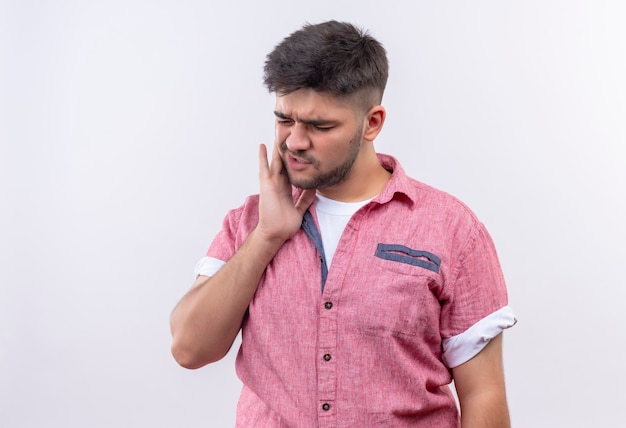
As more countries recognize the therapeutic benefits of marijuana, the way it’s used, especially for medical purposes, has changed significantly in recent years. Medical marijuana has become a popular alternative treatment for various health issues. However, getting a prescription for it isn’t as simple as making a purchase at a store. It involves several steps, including both regulatory and medical assessments.
This article explores the steps to getting a medical marijuana prescription, focusing on legal considerations, medical evaluations, and patient responsibilities.
### Understanding the Legal Landscape
The first step to obtaining a medical marijuana prescription is understanding the legal requirements in your area. Laws can vary significantly from one place to another, so it’s essential to know the regulations in your jurisdiction. Many areas only allow medical marijuana for specific conditions like cancer, multiple sclerosis, epilepsy, or severe pain. Researching these laws will help you determine if you qualify and understand the necessary steps to take.
In some places, patients might have to sign up for a state or local medical marijuana program. In others, access might be granted directly through a doctor’s recommendation.
### Consultation with a Qualified Physician
Before you can get a prescription, you need to consult with a knowledgeable physician. Not all doctors can prescribe medical marijuana, so it’s important to find one who specializes in this field. Depending on the situation, you might need to see a specialist, although a primary care doctor might also be qualified to prescribe medical marijuana.
During the visit, the doctor will review your medical history, conduct an exam, and discuss your symptoms. Being honest about your condition is crucial to determining if medical marijuana could be beneficial for you. The doctor will consider your symptoms, previous treatments, and potential benefits of using medical marijuana.
### Qualifying Medical Conditions
Medical marijuana can treat a range of conditions, including chronic pain, arthritis, anxiety, depression, and epilepsy. Each jurisdiction may have a different list of qualifying diseases. It’s important to remember that the list isn’t comprehensive and varies by area.
Your doctor will assess if your condition matches the criteria set by local laws. If it does, they may recommend or prescribe medical marijuana. This recommendation is necessary to legally purchase medical marijuana from a licensed dispensary.
### Patient Registration and Documentation
After receiving a doctor’s recommendation for medical marijuana, you’ll need to complete any required registration and paperwork. Some regions require patients to register with a state or local medical marijuana program to receive a card that allows access to licensed dispensaries.
During registration, you might need to provide identification, proof of residency, and medical condition documentation. Rules can differ, so it’s important to follow local guidelines carefully. Some places also require regular renewal of medical marijuana cards to ensure ongoing eligibility.
### Accessing Licensed Dispensaries
With a legal recommendation and proper documentation, patients can obtain medical marijuana from licensed dispensaries. These establishments are regulated to ensure the products are safe and of high quality.
Dispensaries offer various medical marijuana products, including flowers, tinctures, edibles, and topical creams. Knowledgeable staff can help you select the ideal strains and products for your condition. Understanding potential side effects and following the doctor’s dosage recommendations is essential.
### Ongoing Monitoring and Adjustments
Medical marijuana isn’t a one-size-fits-all solution. Different individuals may experience its benefits in different ways. After receiving a prescription, patients should continue regular visits with their prescribing doctor. These follow-ups allow the doctor to monitor progress and make any necessary adjustments to the treatment.
Depending on how the patient responds, doctors might change the dosage, recommend new strains, or explore other forms of medical marijuana. Open communication between patients and healthcare providers is crucial for maximizing the benefits and minimizing side effects of medical marijuana.
### Conclusion
Getting a prescription for medical marijuana is a detailed process that involves ongoing responsibilities, medical evaluations, and consideration of legal aspects. As more places recognize its potential for treating various medical conditions, it’s important for those seeking medical marijuana to follow the guidelines outlined in this article.
Staying informed about local laws, consulting qualified healthcare providers, and adhering to the prescribed treatment are key to using medical marijuana safely and effectively.









